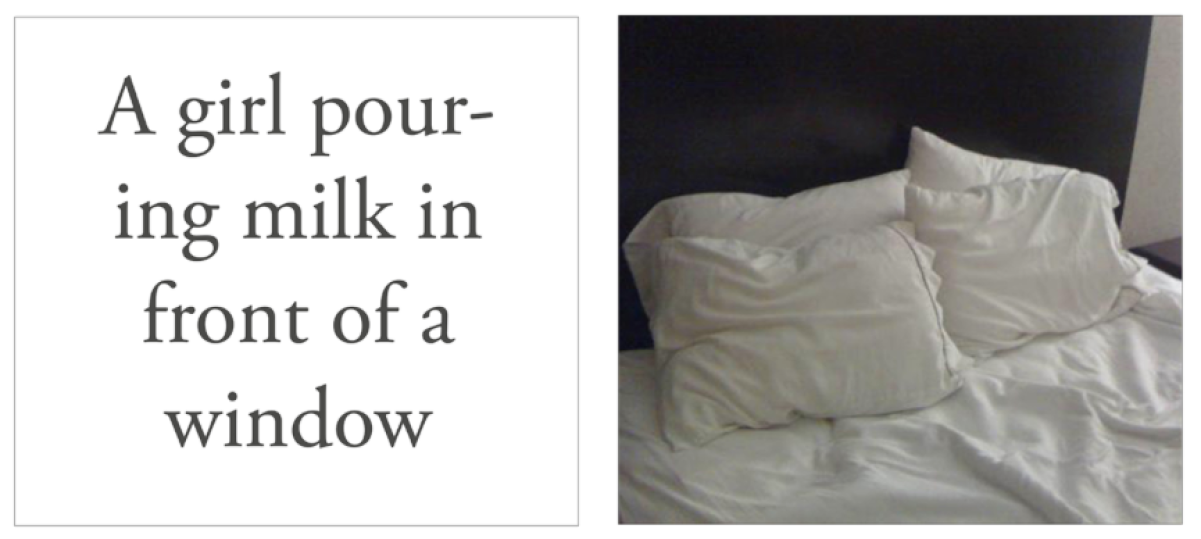Eight Cubic Meters is a public gallery in the heart of Amsterdam. Eight times a year there is a new exhibition by Rietveld students, that can be visited 24/7 in the Sint Nicolaasstraat. The gallery was first opened in the eighties.
As objects are moved from one 8m3 to another, the perception of their value is in flux. They’re shipped from their production site via a small delivery truck to the display windows of the Kalverstraat, to small homes where they are sifted through the seasonal whims of the quick-to-bore consumer, then finally thrown out to meet their end.
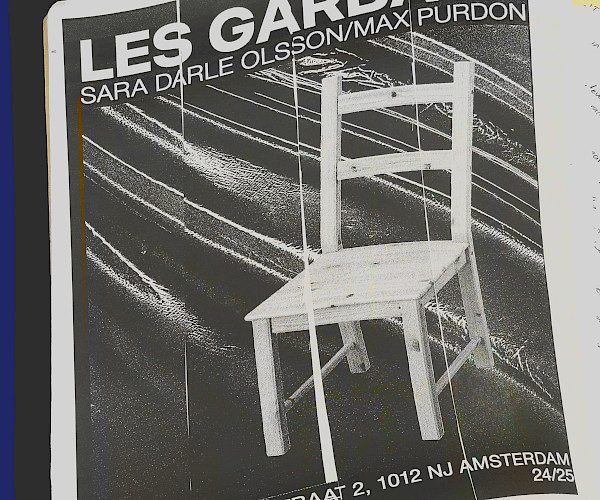
7 November - 5 December
Opening: Thursday 7 November at 17.00
@ Eight Cubic Meters, Sint Nicolaasstraat, Amsterdam
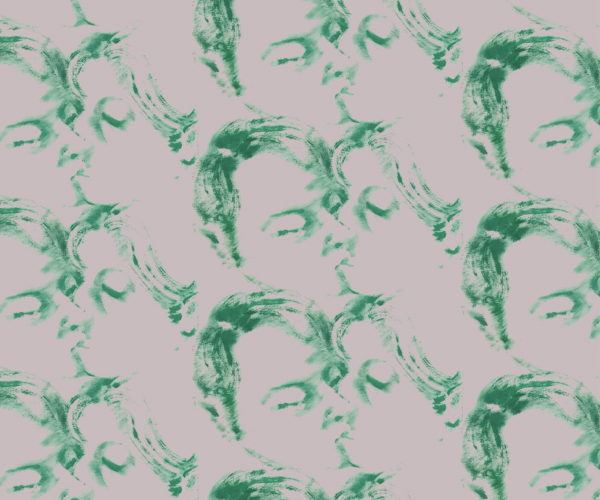
Public & Projects is searching for two student projects who would like to show in Eight Cubic Meters during this school year:
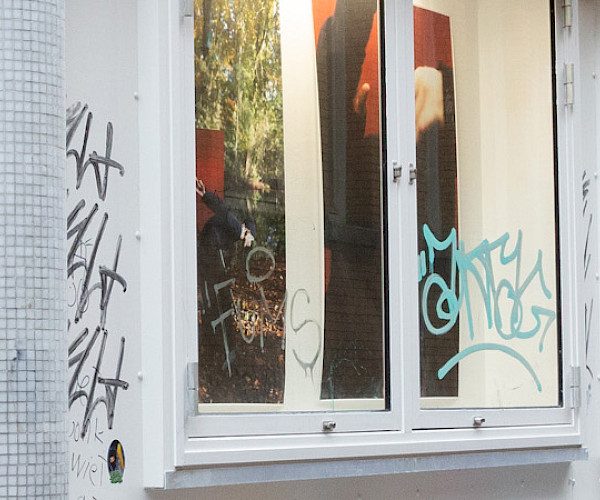
Rooted within non-conformity, nurtured as the centerpoint of a concious upbringing, historical knowledge is sustained through cultural practices and communal traditions, creating an unwavering sense of identity. Leading to intuitive expressions of indviduality.
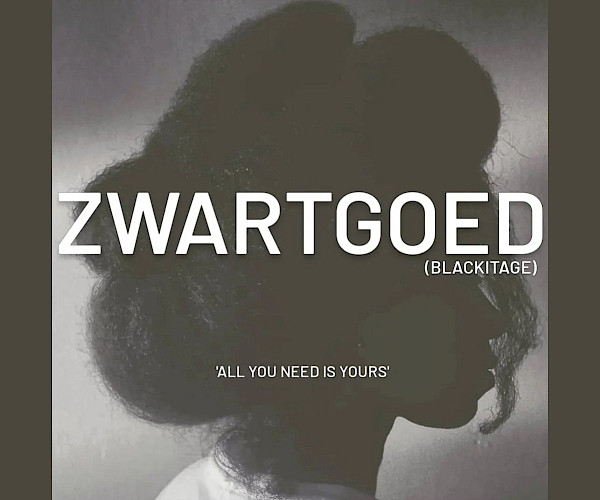
The exhibition “Myths of Mothers and Other Monsters” showcases explorations around motherhood* by artists Hannah Kindler and Milena Naef. Although care work and motherhood* are the foundation of every society, they are surrounded by persistent stereotypes, norms, and taboos. Particularly for artists, motherhood* is still considered a breach of taboo, as the myth of the male artist-genius, who creates in the quiet absence of children, runs deep. Between the image of the self-sacrificing “Mother Mary” and the cold-hearted "working mom," a tension arises that calls for a reexamination and deconstruction of such divisive and oppressive societal narratives.
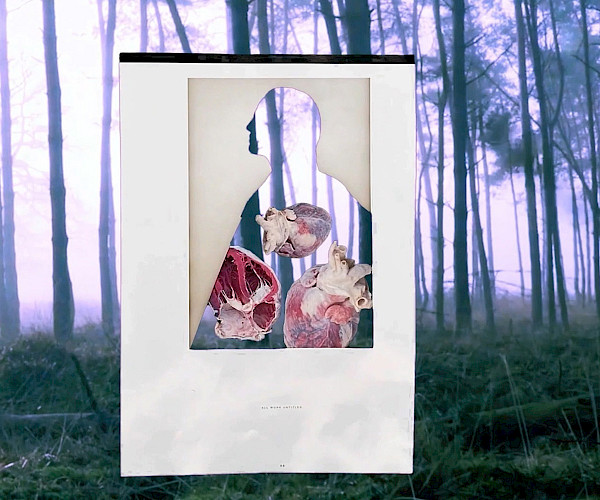
‘dis/functional [-c] objects’ explores the relationship between language, code, handcraft and interfacing. The process comes to life through the making of a series of hybrid installations. The project departs from a self-posed question: In a time when web development systems are rapidly evolving and A.I.s can generate software codes in seconds, is manual process of writing code, like HTML, from scratch becoming a craft? The aim is to therefore experiment with the use of handmade elements highlighting a slow, personal code-crafting method as counterbalance to the speed of commodified and centralized state of the current digital landscape.
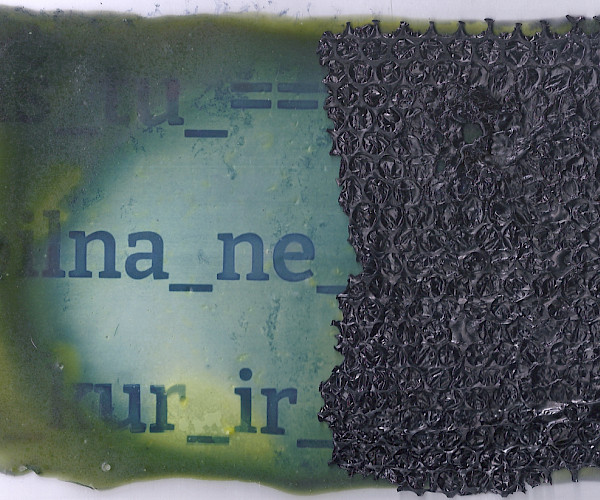
With the development of digital dissemination, it has become easier for people to share their daily lives and expose themselves to social media. Even someone can photograph you or stalk your day easily. In the case of South Korea, digital crime cases, especially targeting women, are increasing rapidly, and the biggest social issue among them is hidden cameras.
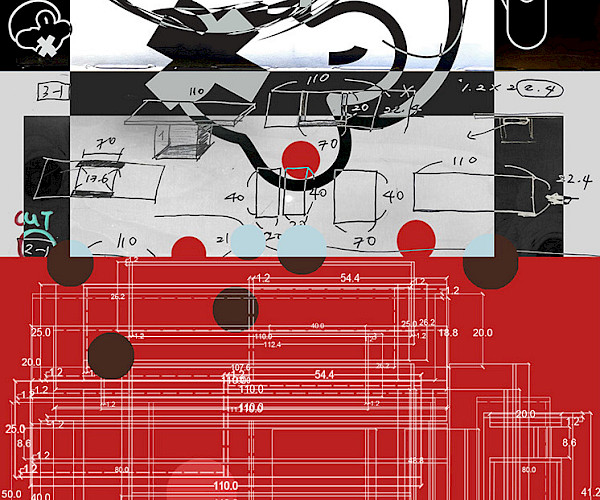
What is revealed and what is concealed? The answer to this question can be playful and poetic but is also always political. In The Netherlands, curtains are often open on street viewing houses. Although many say this is to let more light in, it nevertheless also functions as a form of social control. The density of these draped screens filters narratives; some allow to leak through and others not penetrating its thick fabric. The curtain becomes a border that witnesses and mediates the private and the public sphere. Its folds operate in a movement between the poetry and politics of imagination.
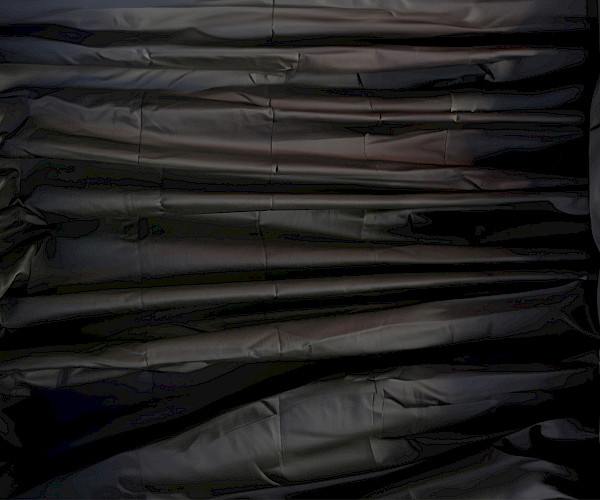
Opening: Friday 1 December 2023, 17:00 hrs
Exhibition runs until: 17 January 2024
Location: Eight Cubic Meters, Sint Nicolaasstraat, Amsterdam
Open: 24/7

‘You are what you wear!' is a moment in time, marking the beginning of the fifth consecutive year of an active research project by Shai Datauker, titled 'I Wear the Same Outfit Every Day.' This self-explanatory project explores the realms of our consumer society, mental well-being, and social dynamics in relation to what we wear, why we wear it, and for whom we wear it. Each year, a different outfit is curated, offering a unique experience, and now some of these lived-in garments are showcased in the heart of Amsterdam's busiest shopping area.
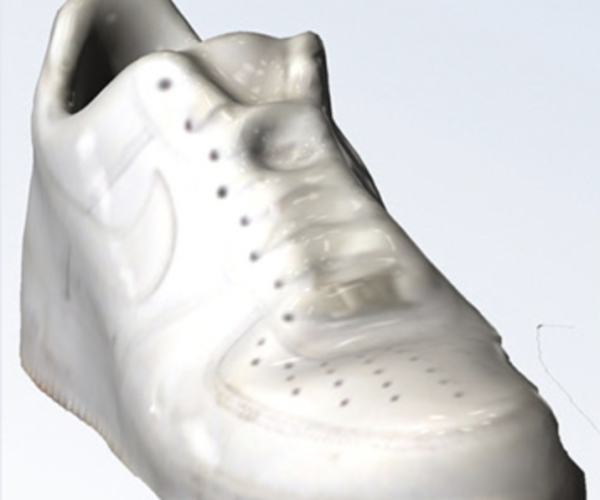
the streets we walk on, the foundations of our cities
sidewalks that provide a clear path, a smooth surface
when we wander the streets and look down to think
the tiles that carry the weight of everyone passing
the tiles that keep our feet stable on our way
the tiles provide a surface for all wondering minds
a surface that, when scratched, reveals
confrontation with heaps of information
overflowing minds in an already unstable world
a single truth has become hard to find and meaning evaporates
there is a search for clarity and an explanation in a complex, globalised world
people feel unsure and connect dots forming personalized theories
a general doubt eats at the institutions and foundations
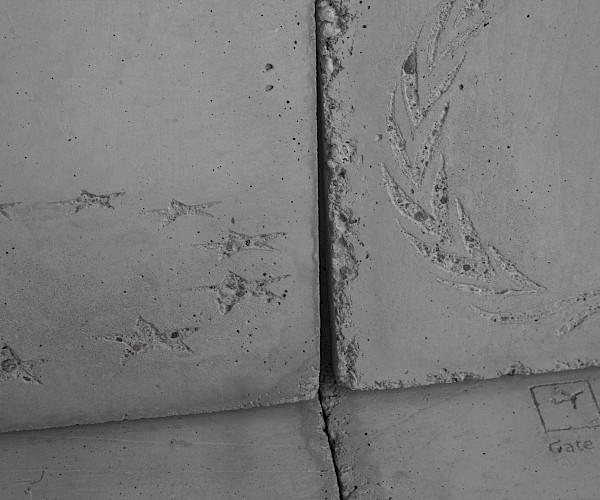
Public & Projects is searching for three student projects who would like to show in Eight Cubic Meters:
- From 22 May until 6 July
- From 13 July until 7 September
- From 14 September until 9 November
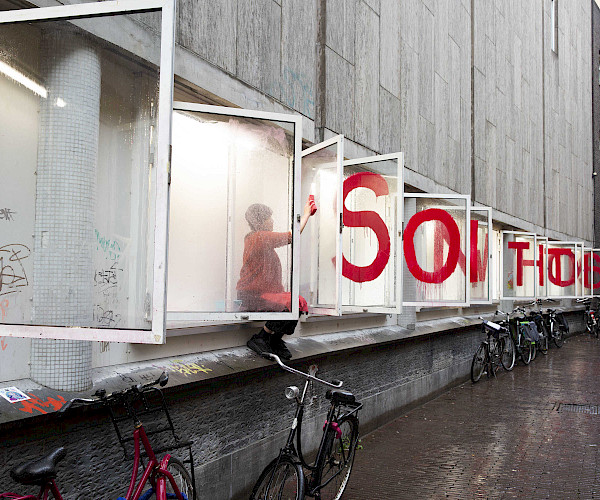
When: 6 April - 18 May
Opening: Thursday 6 April at 17.00h
Where: Eight Cubic Meters, Sint Nicolaasstraat, Amsterdam
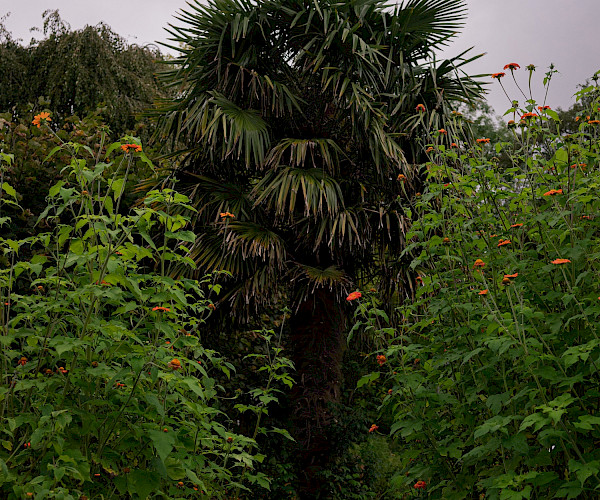
Conjuring the ghosts of Lowell for the second time
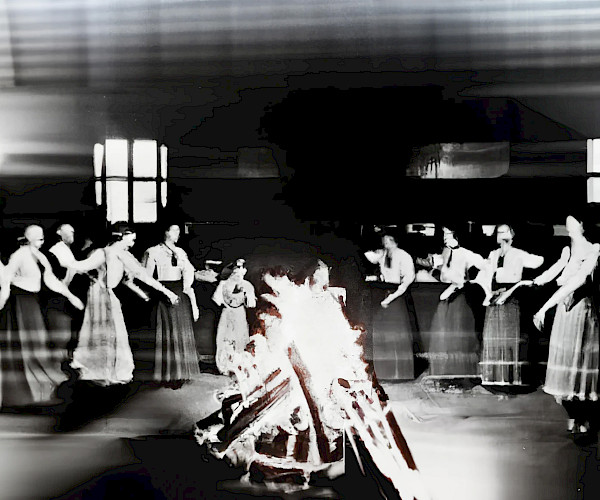
In a collaborative work Jenela Kostova and Inna Kochkina focus on early and new Cyrillic in the contemporary social context.
By using corrosion as a printing method, they rethink the cultural history of Cyrillic, the careless and coincidental manifestation of it, and its function in the present day.

Dérive
(1. drifting off course, drift; aller à la dérive, drifting off, drifting away; fig. wandering off, no longer controlling oneself; running aground)

Date Opening: Thursday 6 October 17.00
Location: Eight Cubic Meters, Sint Nicolaasstraat Amsterdam
Last day of the exhibition: 6 November
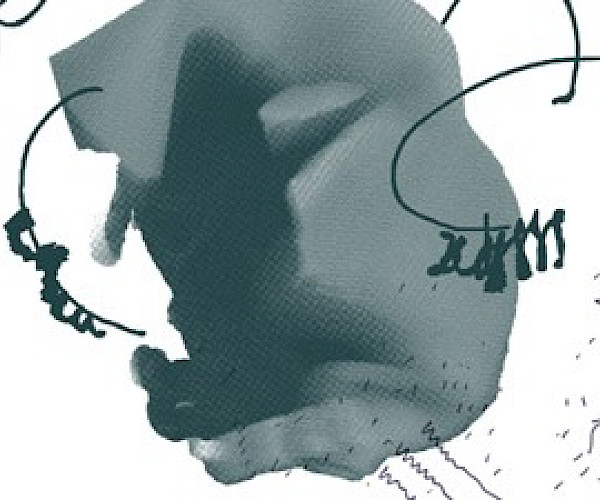
Things extended and stretched.
Events that complement and advise each other.
Meaning recognized after the full sequence over,
or a tiny excerpt functions as metaphor.
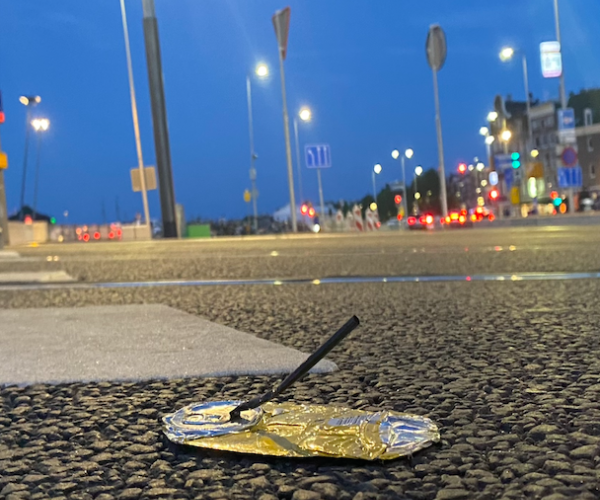
We take things for granted. One such thing is the 8-hour working day, a frame of reference which was fought for, with one slogan that stood out the most:
"Eight hours for work, eight hours for rest, and eight hours for what you will."
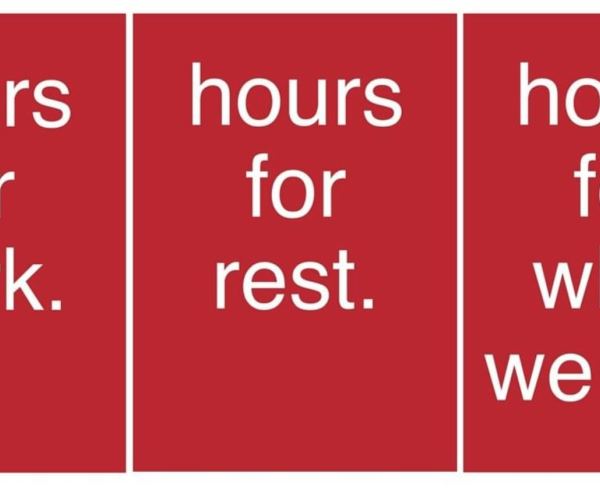
Eight Cubic meters by Carolien de Valk, Lian Bi, Sojin Lee, Sterre Pomper, Nikola Woudstra, A. Bearded Cleopatra Phillips
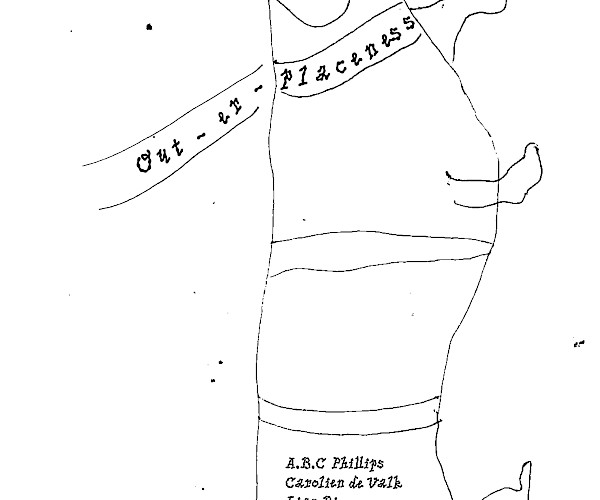
In Clover is the first exhibition to emerge out of the Art Nouvhoes research project, and it takes as its major source of inspiration the architecture, ornamentation, and symbolism of central Amsterdam. The windows of the gallery will be filled with collaged textiles and graphic elements created by artists Limo Hair and Michelle Parrott.
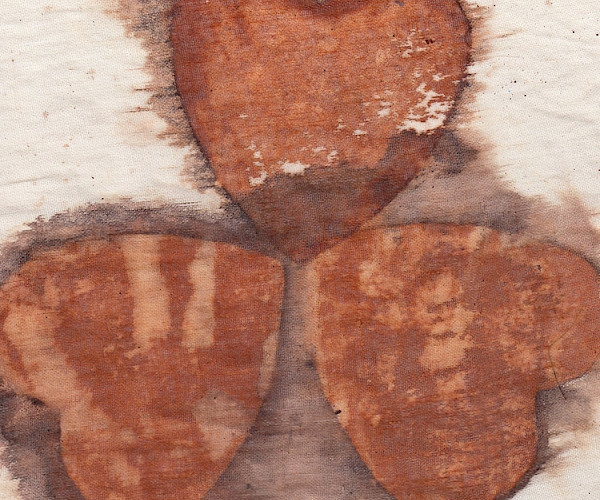
17:00 - 18:00 @ Sint Nicolaasstraat

Opening: Thursday 3 March 2022
Time: 17:00
Location: Sint Nicolaasstraat, Amsterdam (at the corner of the HEMA Nieuwendijk)
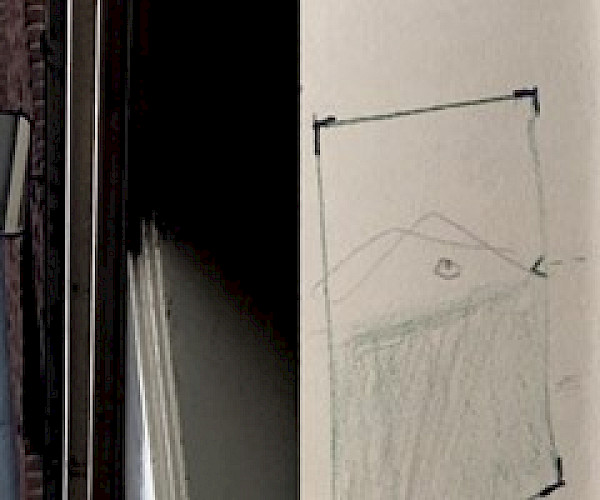
As part of the GRA Awards 2020 Nomin Zezegmaa has been given the opportunity to show new work to a new audience.
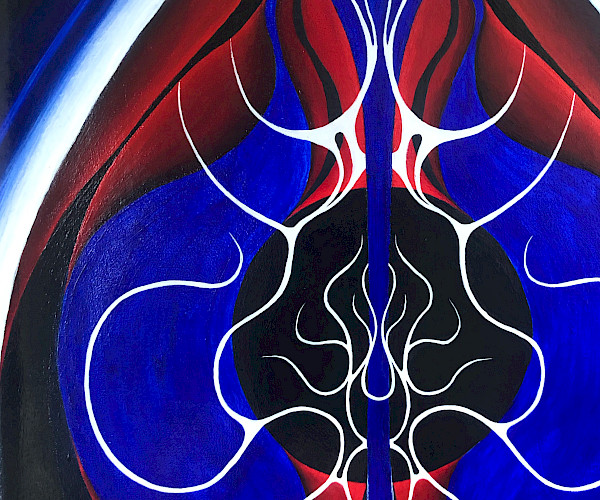
Opening: Wednesday 13 October, 17.00
Eight Cubic Meters, the Sint Nicolaasstraat
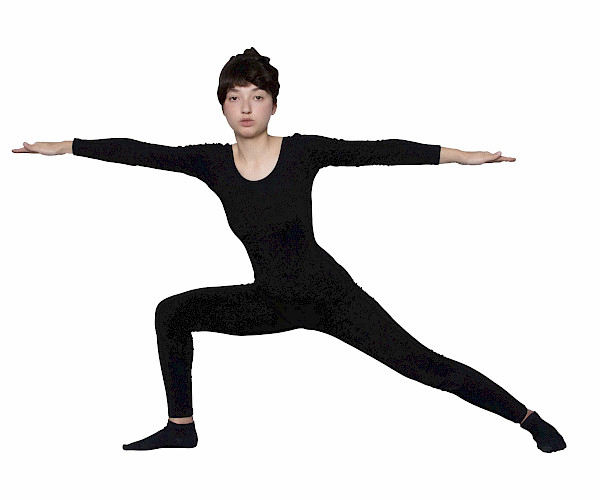
The backpack shoulder strap, an object designed to carry weight was the starting point used to explore the paradox and language of weight; lightness versus heaviness.
Lightness could be associated with a carefree approach, a recurrent existence, the absence of burden. Heaviness, the weighted burden of responsibility, connection and belonging.
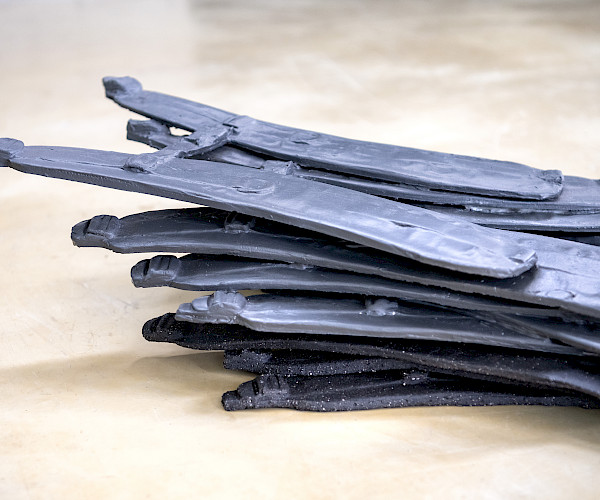
Pouring Milk in Front of a Window, an exhibition by DOGtime Alumnus Eric van Zuilen, combines textualisations of paintings by Johannes Vermeer with images found by search-engine algorithms using these textualisations.
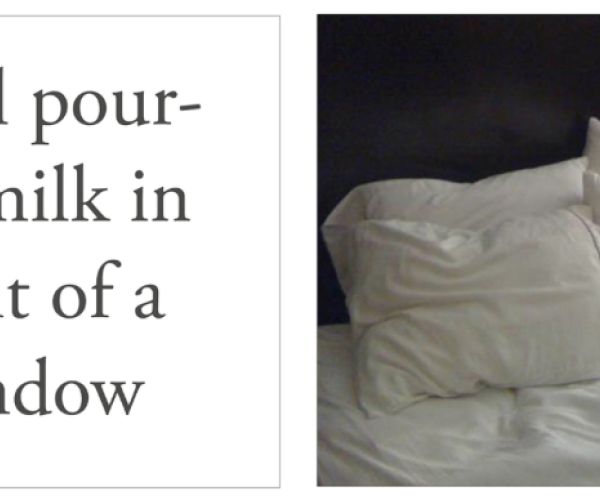
“the tannic acid in peat bogs will preserve anything, including the wearer of the Bog Jacket herself.” — Elizabeth Zimmermann

On view at Eight Cubic Meters from 24 September until 4 November 2020; Flags of Wasted Lands by Rietveld alumnus Laura Dubourjal
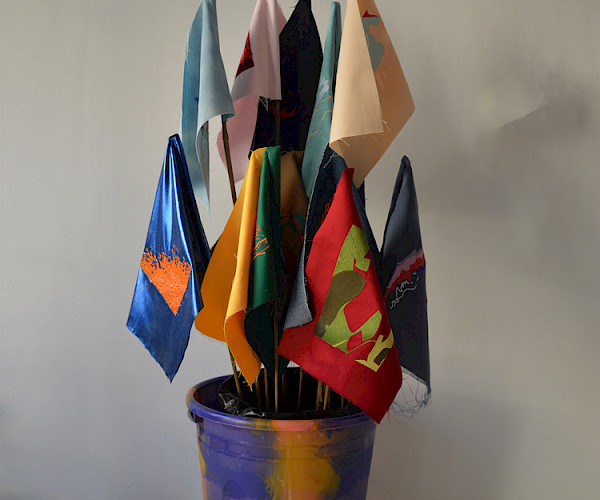
JOIN Collective Clothes
with Scheltens & Abbenes
Exhibition at Eight Cubic Meters
Location: Sint Nicolaasstraat, Amsterdam
1 July – 22 September 2020
Open 24/7
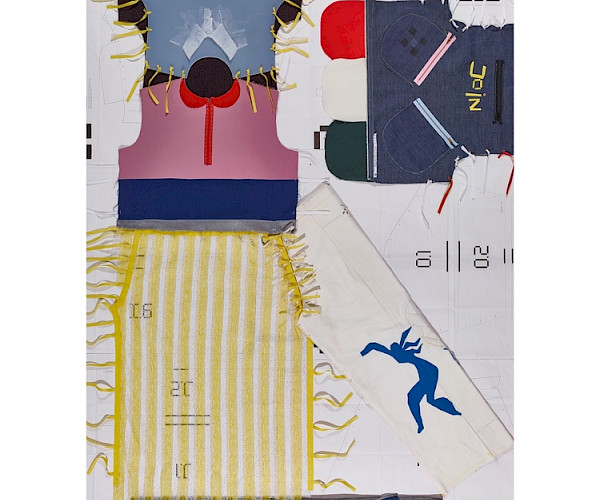
I owe you a debacle of uniqueness
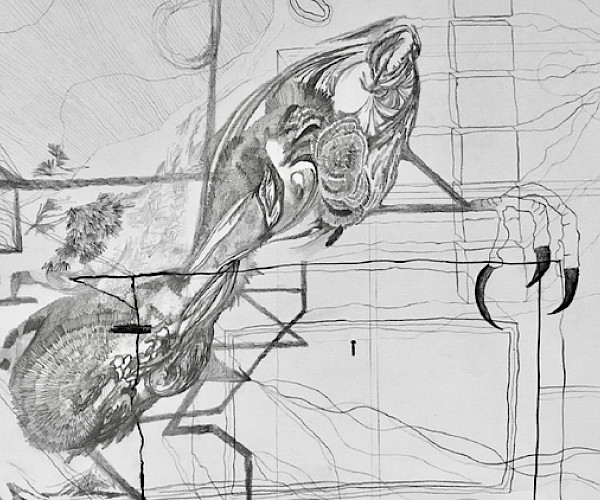
Buro Rietveld
Public exhibition
Sint Nicolaasstraat, Amsterdam
2013
student projects, public art
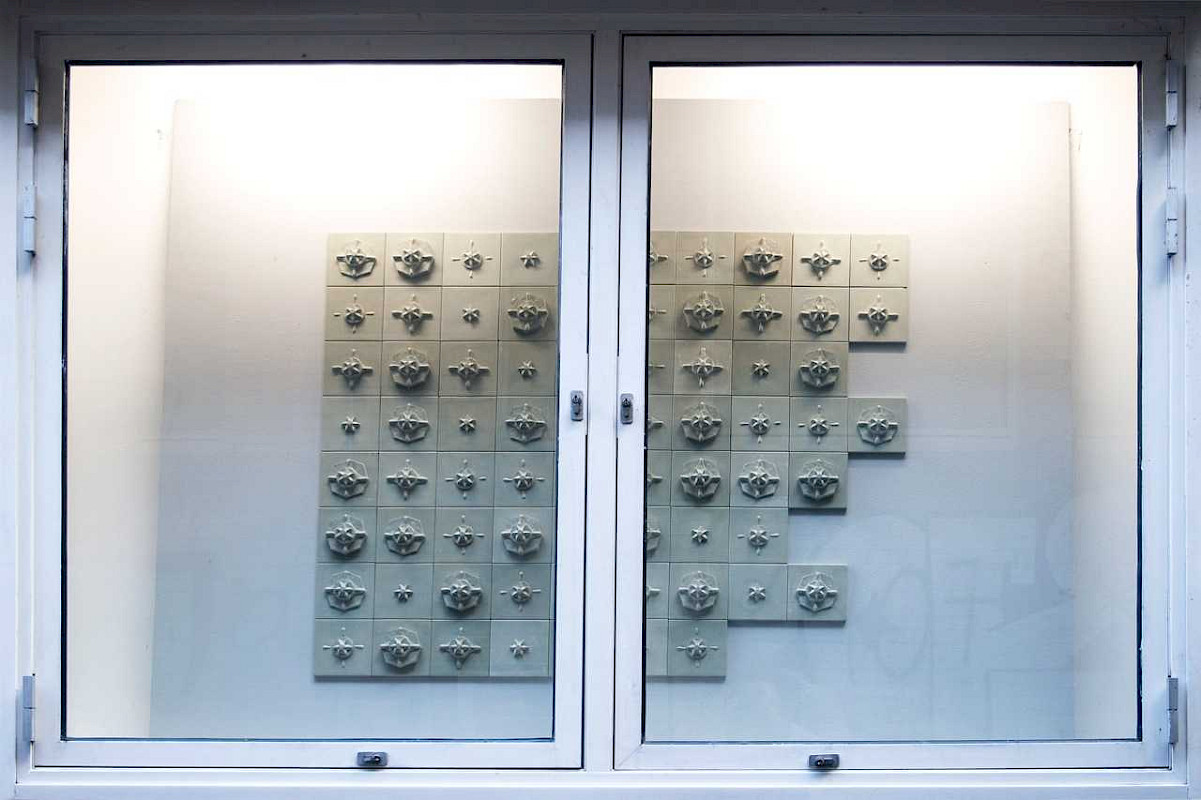
Pouring Milk in Front of a Window, an exhibition by DOGtime Alumnus Eric van Zuilen, combines textualisations of paintings by Johannes Vermeer with images found by search-engine algorithms using these textualisations.
Images have always been textualised. In art the textualisation usually starts when the artist adds a title, followed by descriptions and comments from others like critics, art historians and museums.
In the current digital era machines use algorithms to index images. In this process algorithms focus on key elements and leave out a lot of noise. An algorithm reduces images to what it has learned to be essential. Through formalisation and abstraction different images are tagged with the same standard labels. As a result an image may have many different actualisations: a girl can be any girl.
An essential theme in Vermeer’s work is revealing the universal within the domain of the commonplace. Although Vermeer’s paintings may appear to be specific at first glance; they are generally considered to be allegorical. His paintings are not intended to be a portrait of somebody or something specific: a girl can be any girl.
Pouring Milk in Front of a Window shows “specific” and “generic” are coinciding concepts enabling the combination of human interpretation and algorithmic logic to create poetic result.
Location: Sint Nicolaasstraat, Amsterdam
Open: 24 / 7
More info: here
